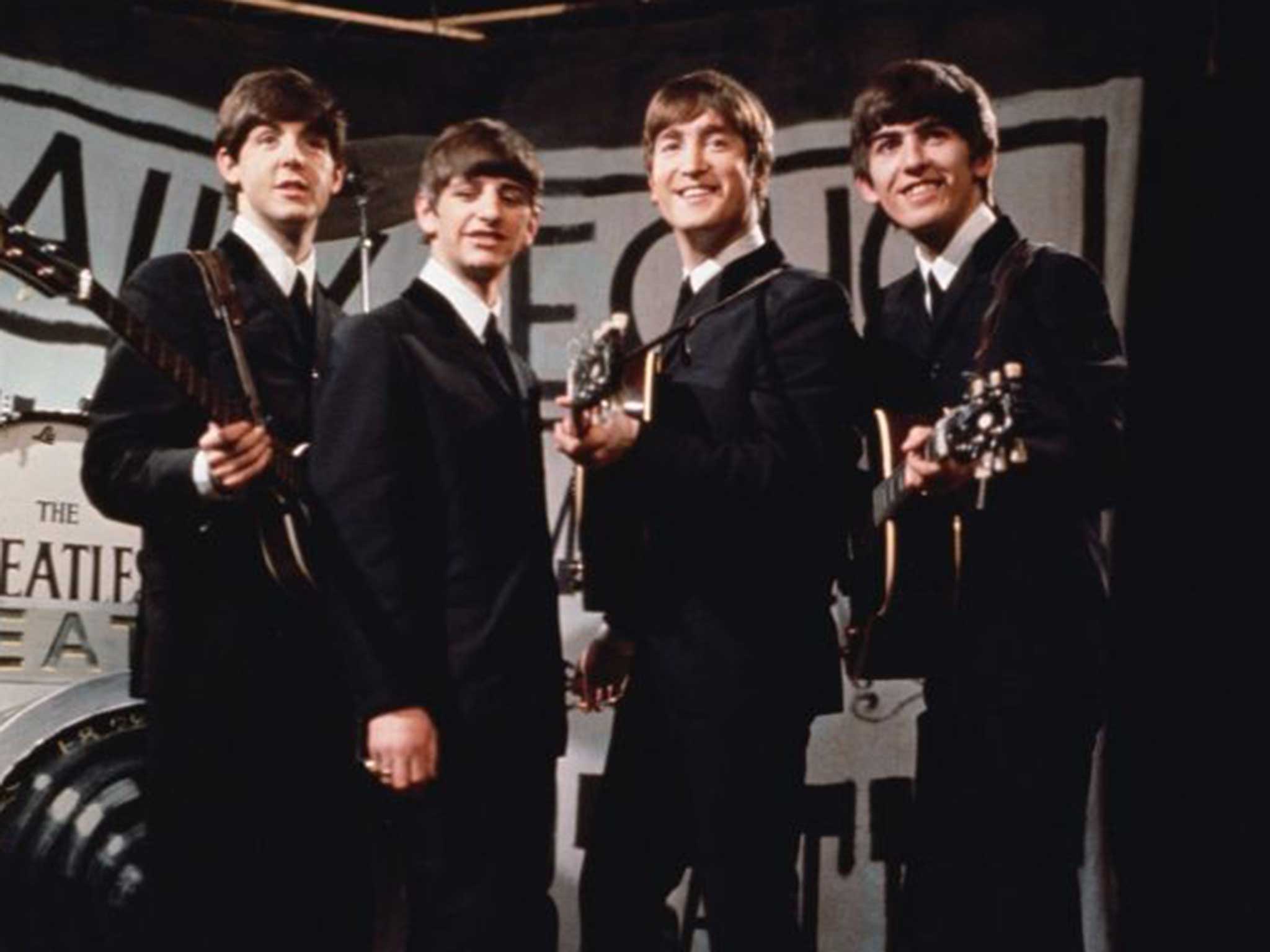The gallery of heroes on the cover to Sergeant Pepper’s Lonely Hearts Club Band, Hunter Davies points out in his introduction to this song-by-song survey of the Beatles’ lyrics, featured nine writers, but only three musicians – and one of them, Bob Dylan, was more celebrated for his words than his music.
It’s a measure of the importance the band placed on words, though that interest only became apparent after several years during which their most significant contribution to the lexicon of common usage seemed to be the phrase “yeah yeah yeah”. Indeed, several lyrics, especially John Lennon’s, grew from catchy titles, and others were summarily stitched together from scraps of phrases, even after the group had graduated from the simple romances of their early years.
But recently, the burgeoning trade in pop ephemera has magnified the value of all Beatles lyrics. Find yourself a handwritten Lennon and McCartney song-in-progress sketched on the back of an envelope, and baby, you’re a rich man: John’s original lyric to “A Day In The Life” was auctioned at Sotheby’s in 2010 for $1.2m (£730,000). Which makes Davies’ idea of locating and reprinting as many such original “manuscripts” the key attraction of The Beatles Lyrics. He has managed to track down handwritten versions for 100 of the band’s 182 lyrics, and it’s undeniably fascinating to observe these scribbled seeds, particularly when they contain alterations, crossings-out and abandoned verses.
The most interesting, in this respect, is surely “In My Life”, which reveals discarded lines from Lennon’s original poem, a reminiscent travelogue across Liverpool featuring various significant locations, including Penny Lane. Less interesting are those neatly penned after the fact: the one for “Why Don’t We Do It In The Road”, all two lines of it, is dated 2010. But when the lyrics, like those for “The Word” and “Baby You’re A Rich Man”, include multicoloured doodlings by a presumably stoned author, they’re like the primitivist equivalent of illuminated manuscripts.
The other main attraction of the book is Davies’ unrivalled access to the group. As the only authorised Beatles biographer during the band’s existence, he spent time observing Lennon and McCartney as they wrote songs, and his vivid account of the pair holding court amongst friends in the latter’s music room, searching for lines to “With A Little Help From My Friends” and playing early versions of other songs – such as McCartney’s debut performance for Lennon of “The Fool On The Hill” – is just one of several fascinating behind-the-scenes moments. Elsewhere, we learn how Paul’s initial idea for “Eleanor Rigby” was developed with suggestions by John, George, Ringo and John’s friend Paul Shotton; how John’s see-sawing delivery of “I Am The Walrus” was a failed attempt to emulate a police-car siren; and how his despairing, suicidal howl “Yer Blues” was written while he was at the Maharishi’s retreat in Rishikesh, meditating.
The book’s main shortcoming, however, lies in Davies’ limitations. He’s not, it’s clear, possessed of a particularly broad musical taste (he’s plainly baffled by a reference to Captain Beefheart’s seminal Safe As Milk, among other things), so his analysis is ultimately hobbled. The songs’ magic – more perhaps than with any other pop artists – resides in the synergy of words, music and performance working together.

Join our commenting forum
Join thought-provoking conversations, follow other Independent readers and see their replies
Comments